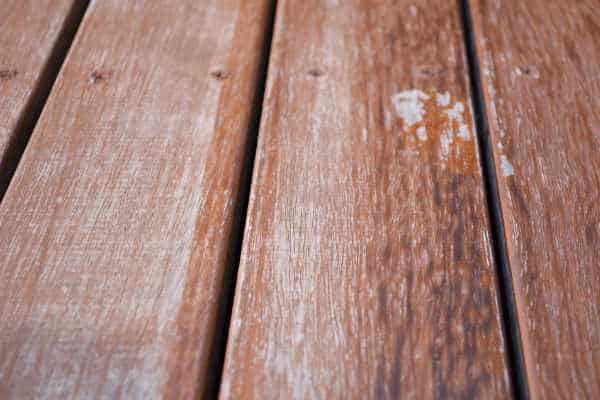Woodworm, Dry & Wet Rot – A London Homeowner’s Guide
Timber has long been the go-to material for construction, especially from the Victorian Era onwards, and while wood has many benefits, it is susceptible to woodworm and various forms of rot, which we outline in this short article.
What is woodworm?
There are numerous species of beetle that lays its eggs in timber here in the UK; the Common Furniture Beetle, Anobium Punctatum likes softwood such as pine and spruce, although it can infest species of hardwood; no timber is safe from this prolific beetle that has been around since time began. Other species include the Death Watch Beetle, a dark brown insect that burrows deep into wood and lays its eggs; tell-tale signs include small piles of dust next to the holes and if you spot these insects dead on the floor, there is a nest nearby. The House Longhorn Beetle is another UK inhabitant that might decide to set up home in your property; it likes oak and ash; while it is less common that the Common Furniture Beetle, the larvae can take as long as 10 years to fully develop, ending up 25mm long. The experts know the best treatments and can make short work of an operation.
Dry rot
Dry rot is a timber fungus that eats wood, causing it to lose its tensile strength and it can be from numerous fungi; a 4-stage process starts with microscopic spores that become airborne, which resemble a fine orange dust. If there is adequate moisture, the spores settle and germinate, creating thin white strands, after a while, further blooms form and they release more spores and the cycle continues. Timber becomes brittle and often cracks and splits, which is not a good sign.
Wet rot
Also known as cellar fungus, wet rot breaks down the wood cells, causing the timber to lose its strength. As the name suggests, there needs to a be a very damp environment for wet rot to thrive; exposure can lead to respiratory conditions, as well as allergies on the skin.
Effective treatment
If you even suspect you have woodworm or timber decay in your London home, you should call London Damp Specialists and arrange for a timber preservation expert to carry out a thorough inspection. Solutions include generating a good airflow and carrying out damp proofing to prevent further moisture penetration; we can offer an all-inclusive quote for timber treatments and repair.
Time is of the essence
Time waits for no one and when timber becomes infected with beetle larvae, you need to take action sooner rather than later. Fungi grows in the right conditions and visible signs quickly follow an initial infestation; if you notice signs of timber decay, don’t procrastinate, as this will invariably lead to more expensive repairs.
Unless you happen to be a damp proofing and timber preservation specialist, you need to call in the professionals at London Damp Specialists, call 020 7458 4864 to book an inspection and get to the bottom of the problem.
